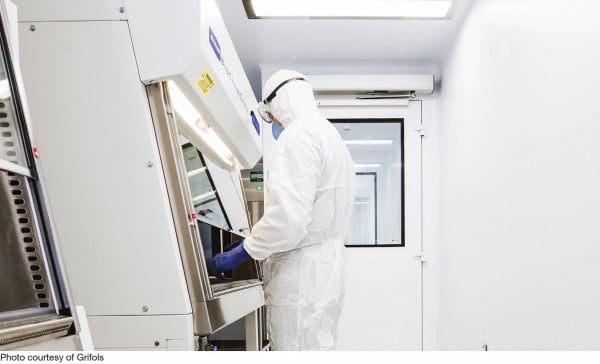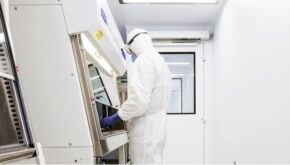In the realm of pharmaceuticals, precision and safety are paramount. Ensuring the integrity of medications and sterile compounds is not just a priority but a necessity. This is where cleanrooms step in as unsung heroes, providing controlled environments crucial for pharmacy operations. Let’s delve into the significance of cleanrooms in pharmacy settings and how they uphold the highest standards of quality and safety.
- Maintaining Sterility:Cleanrooms serve as sanctuaries of sterility, meticulously engineered to minimize contaminants such as dust, microbes, and airborne particles. In pharmacy settings, where sterile compounding and preparation of medications occur, the presence of even the slightest impurity can compromise the efficacy and safety of pharmaceutical products. Cleanrooms mitigate this risk by providing controlled environments with stringent cleanliness standards, safeguarding the integrity of medications and protecting patients from potential harm.
- Ensuring Compliance:Pharmacies are subject to rigorous regulatory requirements, including Good Manufacturing Practice (GMP) and USP <797> standards, which mandate specific cleanliness criteria for sterile compounding facilities. Cleanrooms play a pivotal role in ensuring compliance with these regulations, providing environments that adhere to strict cleanliness levels and contamination control measures. By implementing cleanrooms that meet regulatory standards, pharmacies demonstrate their commitment to quality and safety, earning the trust and confidence of patients and regulatory authorities alike.
- Minimizing Contamination Risks:Contamination poses a significant risk in pharmacy settings, particularly during the compounding and handling of sterile medications. Even minor deviations from cleanliness protocols can lead to microbial growth or particulate contamination, jeopardizing patient health and safety. Cleanrooms employ specialized HVAC systems, air filtration, and sterilization technologies to minimize contamination risks, creating controlled environments where the likelihood of microbial growth and particulate contamination is significantly reduced.
- Enhancing Product Quality:The quality of pharmaceutical products is directly influenced by the cleanliness of the environment in which they are prepared and stored. Cleanrooms help maintain the purity and potency of medications by minimizing exposure to contaminants that could compromise their quality. By upholding stringent cleanliness standards, pharmacies can ensure that their products meet the highest quality standards, fostering patient confidence and satisfaction.
- Protecting Patients and Staff: Ultimately, the primary beneficiaries of cleanrooms in pharmacy settings are patients and pharmacy staff. By providing sterile environments for medication preparation and compounding, cleanrooms help mitigate the risk of medication errors, infections, and adverse reactions, safeguarding patient health and well-being. Additionally, cleanrooms protect pharmacy staff from occupational hazards associated with exposure to hazardous drugs and contaminants, creating safer working conditions and promoting a culture of health and safety.
In conclusion, cleanrooms play a vital role in pharmacy settings, serving as guardians of sterility, compliance, and quality. By investing in cleanroom technology and adherence to cleanliness protocols, pharmacies can uphold the highest standards of pharmaceutical care, ensuring the safety, efficacy, and integrity of medications for the benefit of patients and communities.



Leave a Reply